Types of medium-sized parrots and rules for their maintenance

If you are often bored, sad, lonely, then get yourself a parrot. This noisy, funny and very friendly pet will bring positive variety to your life.
But before you shelter your feathered friend at home, you should get acquainted with the variety of species and breeds of this representative of the avian world. Let's single out from this screaming, flapping wings, blazing with all the colors of the rainbow flock, the best option - medium-sized parrots.
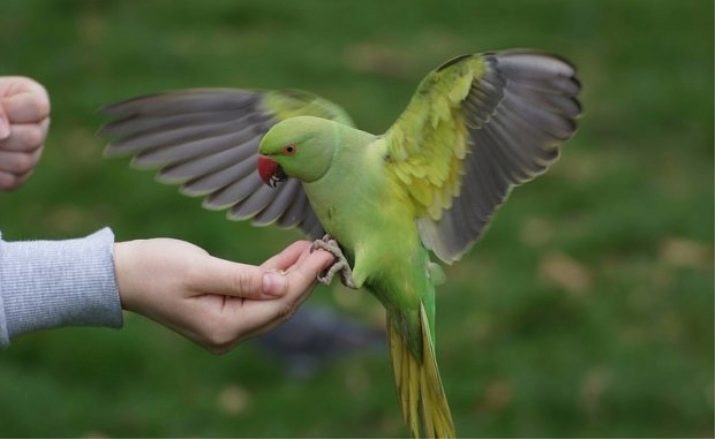
Views
The most popular specimens living next to a person are cockatiel, cockatoo, rosella, ringed and senegalese parrots.
Cockatiels (nymph parrots)
With a pointed crest and red spots on the cheeks, such birds are very similar to cockatoos. Half of the body length of 30-35 cm belongs to a wedge-shaped elegant tail. With their unusual appearance and friendly character, cockatiels have earned extraordinary popularity and demand among bird lovers. They love space, they are curious, they are interested in exploring the corners of not only their cage, but also of the entire home, they easily become domestic, sweet, affectionate and unpretentious family members.
If the maintenance of cockatiels brings true pleasure to the owners, then there are many difficulties with training this species of parrots. They can learn to repeat sounds and melodies, but it is almost impossible to “speak the same language” with them.
Another disadvantage of nymph parrots is their voice, which is harsh and unpleasant. But they do not scream too often: from fright, excitement or indignation.
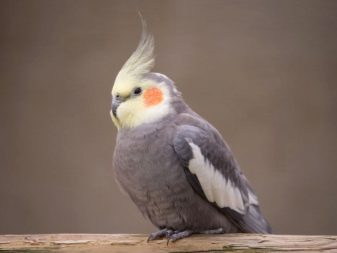
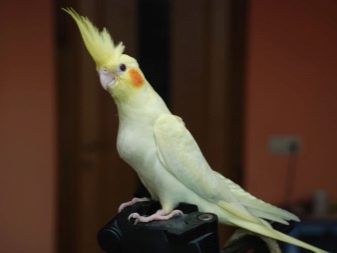
Cockatoo
Among the average representatives of the species, the cockatoo Goffin, pink, Inca (or Major Mitchell's cockatoo) are of interest. Cockatoo can be called the most amusing and funny intellectuals. They quickly learn to sing, squat, bow, open locks in a cage, unscrew nuts or, like a real football player, kick some small objects instead of a ball.
Unpretentious and hardy, but with a capricious character, and desperate screamers.
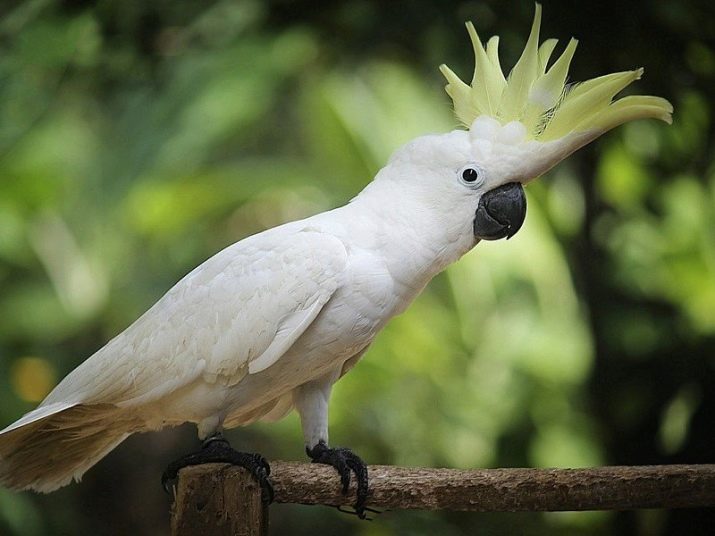
Rosella
Variegated, bright, with a scaly color that distinguishes them from all other parrots, good-natured, cheerful and sociable - well, what else is needed for universal adoration. True, these birds also do not like to talk, but they love to sing and imitate various sounds. They are very fond of water procedures. But, if the owner gives a reason, they become jealous and selfish.
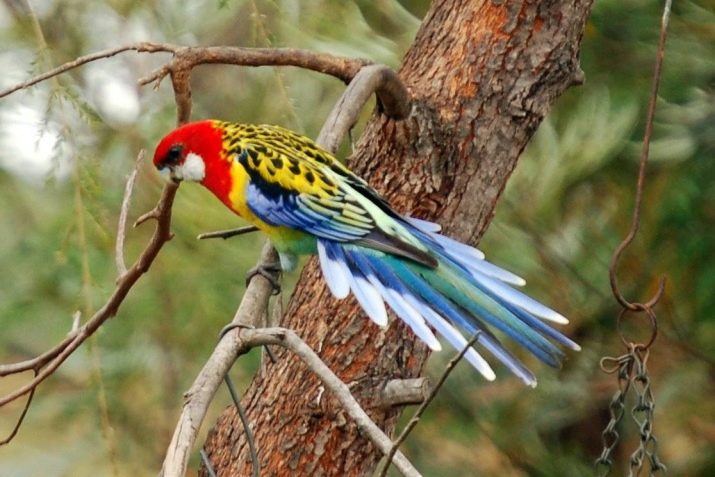
Ringed parrots
These birds are characterized by grace and quick wits. Green plumage, iridescent in all shades of this color, a "necklace" around the neck and a "tie" on the chest make them real aristocrats in their community. They have been tamed by humans for so long that they have become very diligent students.... Among ringed parrots there are many capable individuals that can not only to teach to speak, but also to wean sharply and unpleasantly screaming.
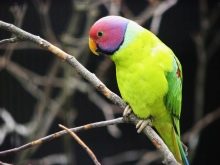
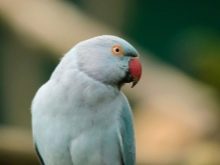
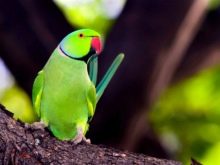
Senegalese parrot
The green-orange-yellow handsome with a gray head loves himself and the owner, treats other birds and people quite aggressively. Therefore, the owner of such a bird will need a lot of strength, patience and time to raise an adequate and tolerant pet.

Laurie
"Lori" is translated from Dutch as "clown". The bird got its name due to its bright plumage, which includes all the colors of the rainbow. It is not surprising that this species is considered the most beautiful of the parrots. The birds are beautifully tamed, very friendly, but they require special care for themselves, they can hardly endure life in captivity and feed, unlike all parrots that eat plant seeds, berries, nectar and pollen.
The weight of average parrots ranges from 100 to 200 grams, body length is on average 30 cm, life expectancy is from 15 to 30 years.
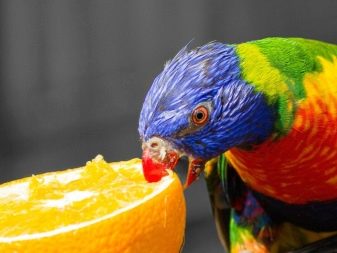
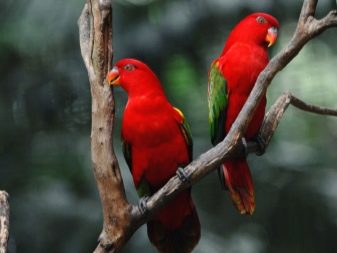
What do you need for the content?
Of course, it is not easy to choose among such a variety. But it is on the correctness of your choice that your future life depends, and the life of a living creature you have taken under your care. First, decide what attracts you to parrots: beautiful plumage, learning ability, singing, and maybe breeding parrots. Evaluate the room's capabilities: humidity (70-75%), temperature (20-22 °), the ability to fly, flexing the wings. Also think about how much time you can devote to the pet, how other family members will react to the newcomer, Consider your options for providing the containment conditions required by your chosen species.
The first step is to purchase a house for a new tenant. In most cases, this is a cage, less often an aviary. The size of the cage depends on the size of the bird, its habits. The cage should be convenient for feeding, cleaning, neat and beautiful, well made.
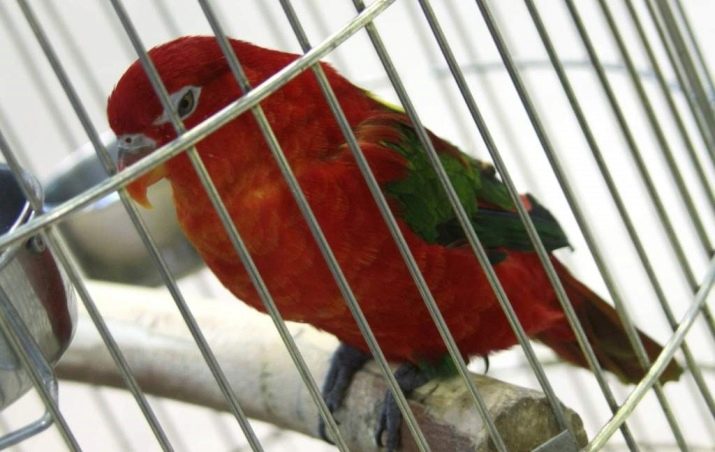
The cage must not be empty. Place in it:
- feeders for dry food, mineral dressings, raw food;
- drinkers;
- bathhouse;
- perches;
- toys;
- mirrors;
- rattles and other gizmos that your pet has liked.
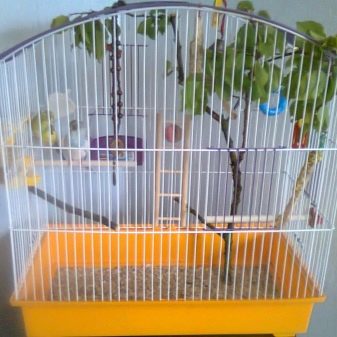

What to feed?
For the normal development of a parrot, he needs a nutritious varied diet.
Almost all types of parrots are unpretentious in food, but they do not like monotony. The main food is seeds of wild and cultivated plants: millet, wheat, oats, canary seed, flaxseed. The diet of birds must include and fresh vegetables, berries, fruits, herbs, and sometimes it is worth pampering a bird cottage cheese, boiled eggs, animal products (mealworms, insect larvae and pupae).
In addition to proteins, carbohydrates, fats and vitamins contained in feed, a parrot needs mineral dressing: shell rock, eggshells, chalk, clay, table salt.
Provide your pet with proper nutrition, maintenance, and he will feel great, sing a lot, reproduce successfully and bring you a lot of joy and positive.
More species of parrots are discussed in the next video.








